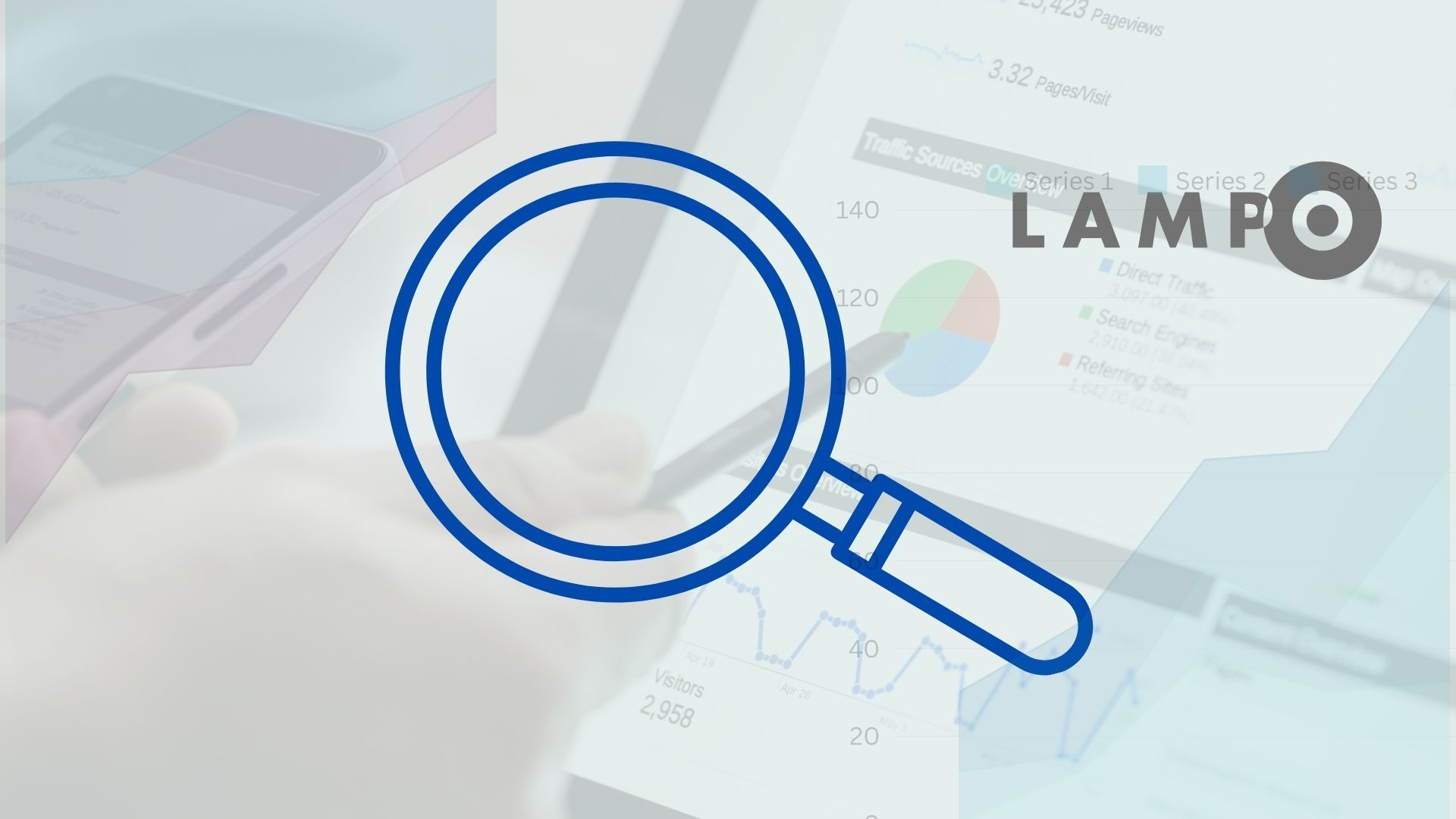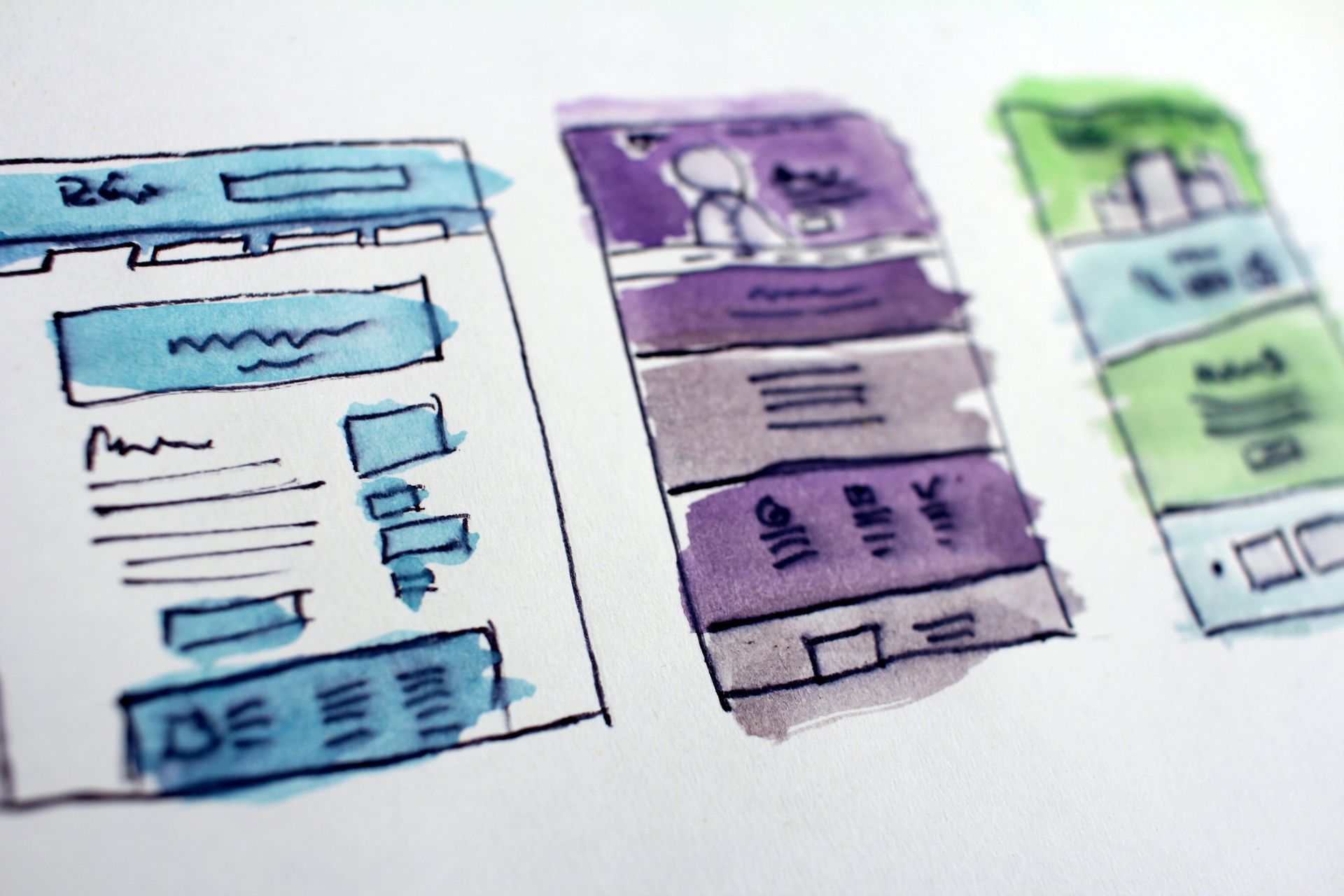Canonical Tags & SEO
When it comes to Technical SEO, understanding the importance of and properly implementing canonical tags is paramount for website owners. This post aims to demystify canonical tags and provide a clear understanding of their significance in SEO strategies.
What are canonical tags?
Canonical tags (also known as rel=”canonical”) are HTML elements that are embedded within web pages. The main purpose they serve is to guard against duplicate content. They do this by acting as signposts, guiding search engines to the preferred version of a page. By specifying which URL should be indexed, canonical tags ensure that the right content gets the spotlight.
What is so bad about duplicate content?
Say for instance that you have 2 pages on your website with the same content. Well, then essentially you will have 2 pages competing against one another in the search results. However, if you canonicalized them to the preferred URL, then that will tell Google (or whichever search engine) to attribute all of those backlinks and ranking signals to that URL making it even stronger and giving it a far greater chance to reach the very top of the search results.
Where does duplicate content come from?
The first step to complete before setting up your canonical tags is to identify any duplicate content or content that is almost duplicate. Keep in mind that this doesn’t just have to mean 2 near identical pages. Duplicate content can be a result of other factors too. Some of the most common are:
- Parameters on a page: for instance, filtering a page to only show everything in size medium.
This parameter will show in the URL but the content is basically the same.
- If a website server isn’t set up correctly then it could be available at all of these:
https://www.website.com
https://website.com
http://www.website.com
http://website.com
- In addition, it is important to be consistent with how you use trailing slashes (“/”).
Did you know that to Google, these are seen as 2 unique pages? :
https://www.website.com/blog/
https://www.website.com/blog
- Print-friendly pages are another common cause of duplicate content. The URL is different but obviously the content is the same.
https://www.website.com/awesome-page/
https://www.website.com/print/awesome-page/
- Paginated comments pages can also be another cause of duplicate content. These both have the same content.
https://www.website.com/blog/post/
https://www.website.com/blog/post/page-2-comment
Navigating the world of canonical tags can be a bit tricky but the benefits of using them and using them correctly are huge. The most obvious benefits are:
- Improved Search Rankings: Strategic use of canonical tags consolidates page authority, leading to higher search engine rankings.
- Enhanced User Experience: Canonical tags ensure that users encounter the most relevant version of a page, heightening user satisfaction.
Are you uncertain about your site’s canonical tags or any other aspect of your website’s technical SEO?
I would be happy to help! I love optimizing websites for maximum visibility and traffic. Together we can ensure your website not only captivates and retains your audience but also gives it the best possible chance to rank at the top.
It all starts with a free audit of your website. I can look it over for any basic SEO issues and provide you with a customized checklist of some basic actions you can take to increase your site's visibilty and ranking. Should you decide to work with me, then I will perform a much deeper audit as well as analyze your competitor's sites and SEO.
Thanks for reading!





